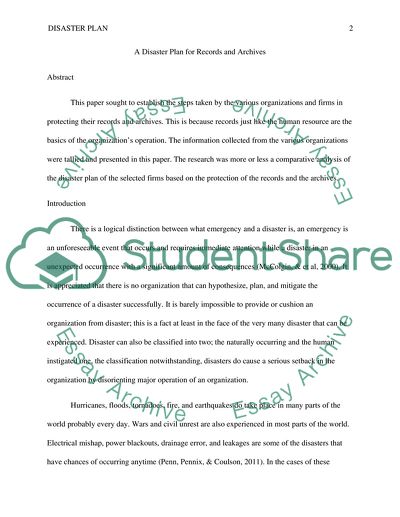Cite this document
(A Disaster Plan for Records and Archives Research Paper, n.d.)
A Disaster Plan for Records and Archives Research Paper. Retrieved from https://studentshare.org/education/1787494-disaster-plan
A Disaster Plan for Records and Archives Research Paper. Retrieved from https://studentshare.org/education/1787494-disaster-plan
(A Disaster Plan for Records and Archives Research Paper)
A Disaster Plan for Records and Archives Research Paper. https://studentshare.org/education/1787494-disaster-plan.
A Disaster Plan for Records and Archives Research Paper. https://studentshare.org/education/1787494-disaster-plan.
“A Disaster Plan for Records and Archives Research Paper”, n.d. https://studentshare.org/education/1787494-disaster-plan.


